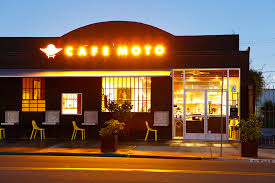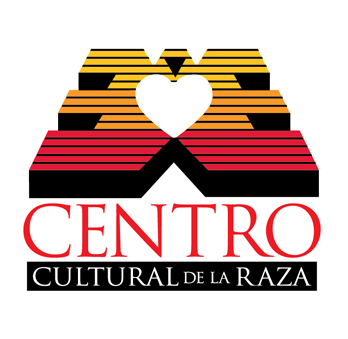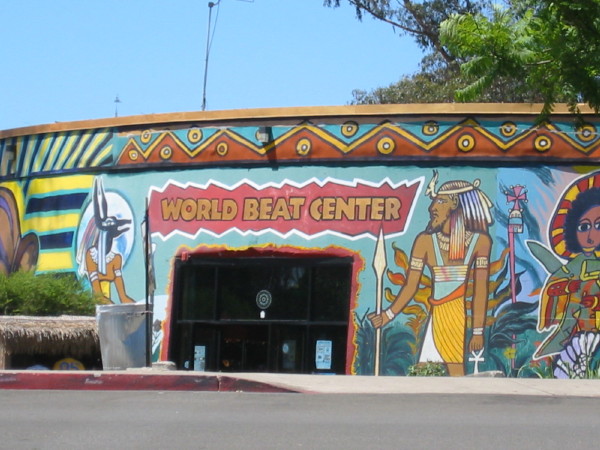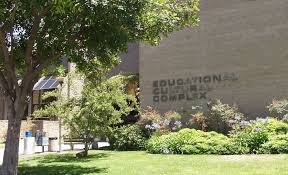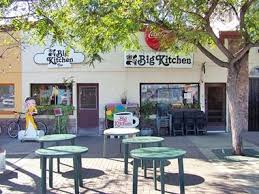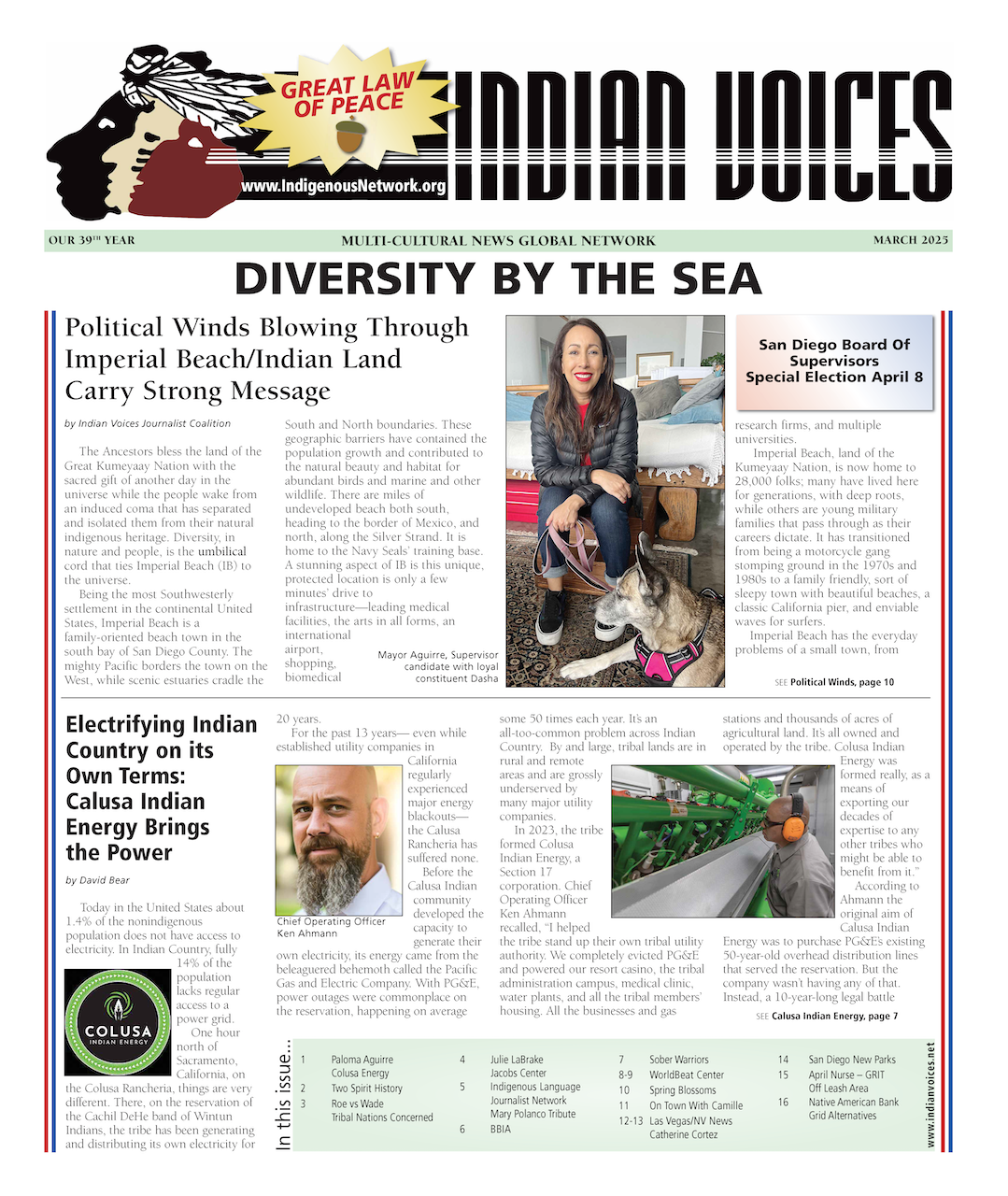Each year more than 160,000 veterans make their return to civilian life. Some 15,000 of them call San Diego home, making the region home to the nation’s largest number of veterans returning from wartime duty. That may be one of the reasons San Diego is a leader in corporate programs aiding service members in their transition to civilian life.
Tech giant Qualcomm, for example, is home to Corporate Integration Program for Warrior Veterans and locally based Life Collaborative has the MedTech and Biotech Veterans Program.
San Diego-based American Council on Exercise (ACE) knows that connecting veterans with the tools to make a career in an area well suited to the physicality of their military experience can be a common sense, and often, therapeutic solution to easing the transition.
Just ask Purple Heart recipient and ACE certified trainer, Brandon Corrales, who credits his love of fitness and bodybuilding for helping him overcome profound war wounds, both physical and psychological.
The Salute You Scholarship is available for veterans up to six months prior to or twenty-four months after their honorable discharge from active duty. The scholarship includes study materials and aids as well as interactive video-led study experience.
In 2013, ACE committed to providing 1,000 Salute You scholarships, equaling nearly a $1 million dollar value.
More than half the scholarships are still up for grabs. I would love to work with you on a story about this scholarship and help those who sacrificed so much for their country connect to fitting and exciting new careers.
I am happy to connect you with successful Salute You graduates, leadership at ACE and other military members connected with ACE. All would be thrilled to speak on the record about the importance of this scholarship and their experiences.
What do you say to a story on the Salute You Scholarship?
San Diego News
Native Speakers and Linguists Fight to Keep Kumeyaay Language Alive
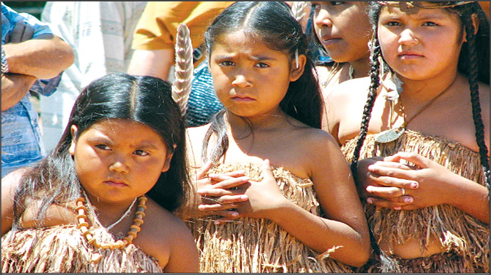
On a wildly windy day in the Kumeyaay community Juntas de Nejí, about an hour south of Tecate, Mexico, Norma Meza-Calles watches as her 6- year-old grandson, Matt, cracks open acorns. She gives him pointers in her native tongue.
Matt is Meza-Calles’ hope for keeping the Kumeyaay language and culture alive.
“I’m putting all of my efforts into teaching him to speak fluent Kumeyaay,” Meza-Calles said in Spanish. “I want to make up for not teaching my kids to speak Kumeyaay.”
Norma Meza-Calles is teaching her six-year-old grandson, Matt, to speak Kumeyaay at home. Meza-Calles’s home language school is one small contribution to the weighty task of keeping the language from going the way of thousands of other minority languages: extinct.
“Out of 6,000 approximate languages that are spoken in the world, only about 100 of them are really safe right now,” San Diego State University linguist Margaret Field said. “And those are big languages like Spanish and English, Russian and Chinese.”
All but a handful of Kumeyaay speakers live south of the border. Field said the language has fared better in Mexico than in the U.S. largely because of differences in education policy.
“There’s a long history of American Indian people being forced to go to boarding school where their languages and cultures were actively repressed, and they were taught to be ashamed of their language,” Field said. “That didn’t happen in Mexico. Instead what happened is people either didn’t go to school or went to school for just a little while,” she said.
Meza-Calles and her three sisters only went to school for a few years as children. She said she didn’t learn Spanish until she was 13.
Linguist Margaret Field works with three of the Meza-Calles sisters on documenting the Kumeyaay language.
Now, as adults, the sisters have a rare expertise in their endangered language and culture. Field has met with them regularly for the past five years to record and document the language.
Together they produced online Kumeyaay language lessons, a request from Baja California teachers. Now Field and fellow linguist Amy Miller are working on a dictionary of all five dialects of Kumeyaay spoken in Baja California.
Documenting an endangered language is a painstakingly slow process. Field met three of the Meza-Calles sisters recently at the Kumeyaay museum in Tecate. They took several hours to go over just a few sentences of a Kumeyaay creation story that the sisters had previously recorded.
“For me the most important part is getting down every morpheme on every word,” Field explained. “Every little piece of a word.”
The Meza-Calles family on their land in the Kumeyaay community, Juntas de Nejí, Baja California, Mexico. Back in the Kumeyaay communities of Baja, the real work of keeping the language alive takes place. Meza-Calles’ grandson, Matt, is shy about speaking Kumeyaay, but he seems to understand when his grandmother speaks to him in the language.
“We really started at zero,” Norma said. “Our grandkids didn’t even know they were Kumeyaay. Now they know and they’re proud to be Kumeyaay,” she said, “because we were the first inhabitants of Baja.”
If Norma succeeds in making her grandson a fluent speaker of his ancestral language, it’ll then be his turn to keep the language alive, and eventually to pass it on to his own children. That, at least, is his grandmother’s hope.
Read more at
http://www.kpbs.org/news/2014/may/27/nativespeakers-and-linguists-fight-keep-kumeyaay-/
More Articles ...
Subcategories
San Diego
Barrio Logan, Black Mountain Ranch, Carmel Mountain Ranch, Carmel Valley, City Heights, Clairemont Mesa, College Area, Del Mar Mesa, Downtown, Center City, East Elliott, Eastern Area, Encanto, Fairbanks Ranch Country Club, Greater Golden Hill, Kearney Mesa, Kensington-Talmadge, La Jolla, Linda Vista, Midway Pacific Hwy Corridor, Miramar Ranch North, Mira Mesa, Mission Beach, Mission Valley, Navajo, Normal Heights, North City Future Urbanization Area (NCFUA), North Park, Ocean Beach, Old Town San Diego, Otay Mesa, Otay Mesa - Nestor, Pacific Beach, Pacific Highlands Ranch, Peninsula, Rancho Bernardo, Rancho Encantada, Rancho Penasquitos, Sabre Springs, San Pasqual Valley, San Ysidro, Scripps Ranch, Serra Mesa, Skyline Paradise Hills, Southeastern San Diego, Tierrasanta, Tijuana River Valley, Torrey Highlands, Torrey Hills, Torrey Pines, University, Uptown, Via de la Valle.
Print copies here!

Central
Educational Cultural Complex
Logan Heights
Malcolm X
North Park

